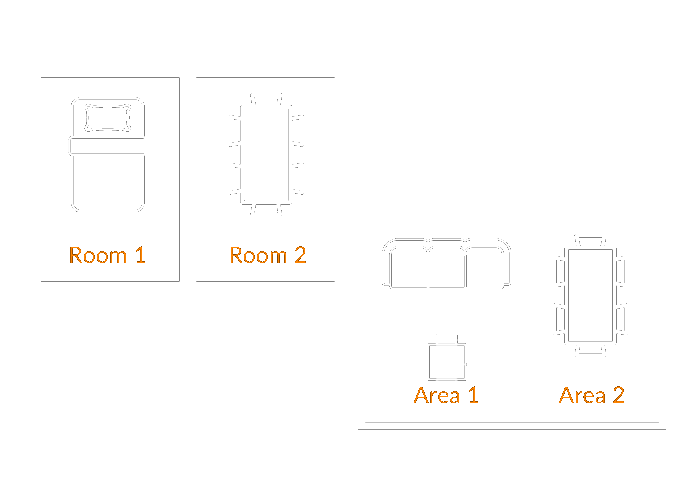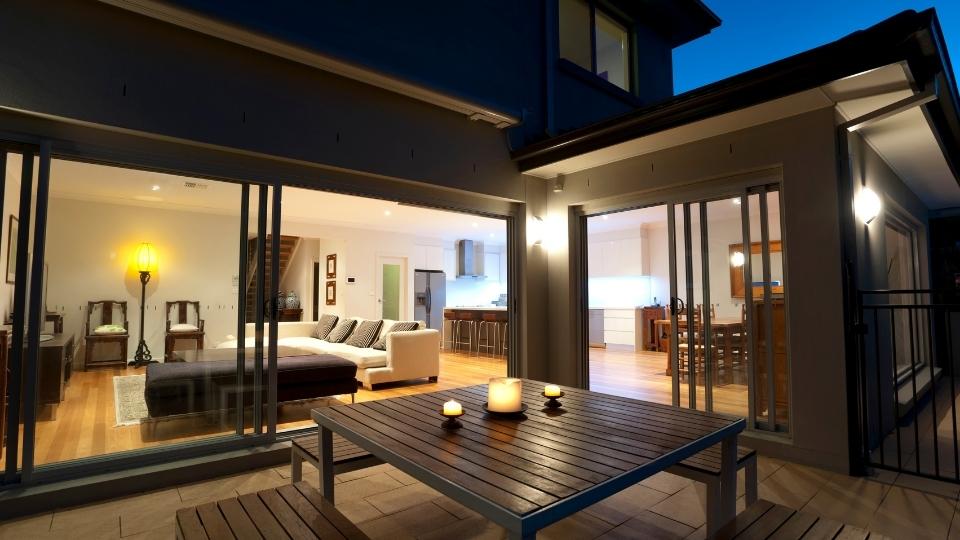It’s the ability of the Crownstones to know where you are when carrying a smart device with you. Your smart device measures the Bluetooth Low Energy signals emitted by the Crownstones. This makes it possible for the Crownstones to react to your presence and proximity.













